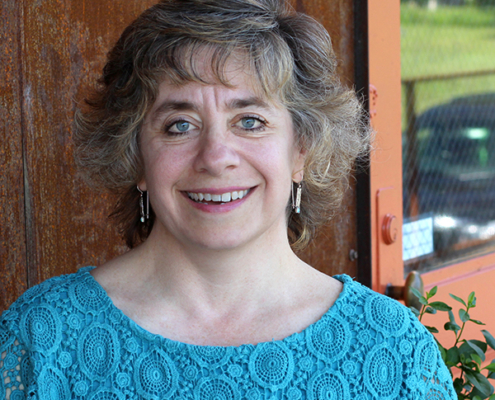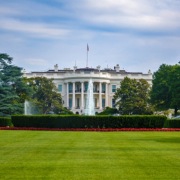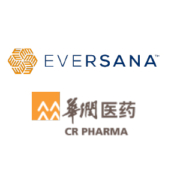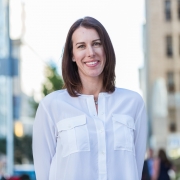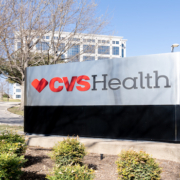A CLEAR Approach to Health Literacy: Making Healthcare Equitable and Accessible for All
A CLEAR approach to health literacy: Making healthcare equitable and accessible for all
By Laura Wilson
I am an unequivocal health literacy champion. My coworkers are used to me banging my “clear communications” drum at every meeting, over and over. But I can’t help it, because it’s just that important. Understanding and applying health literacy principles is about empowering people to find, discern, and use information to improve their own health, or the health of those they care for —and not just for those we might perceive as having a low reading comprehension level. Clear communication (achieved with the support of health literacy principles) makes healthcare spaces more equitable and accessible for everyone.
At Fingerpaint, we recently put this to the test — developing an employee survey that asked Fingerpainters to anonymously share some of their experiences as patients or care partners. These are people who deal with complex scientific and health information day in and day out for their jobs. Unsurprisingly, a plethora of stories about communication challenges in the healthcare setting came out of this survey. Two examples:
“I always feel unsure about steps in healthcare, no matter what they are. I need providers to be very explicit: we will call your insurance to clear the procedure, or here is the specialist’s name and you need to call them for an appointment, etc. Otherwise, I assume I am doing something wrong. The current system feels deliberately opaque, so only very clear, direct statements make me feel sure.”
“Most of the time I find test results very vague, and the HCP doesn’t even call to clarify. I had to reach out to them to ask about it and then research myself. Stuff like that deters me from even getting routine checkups because I don’t feel like a priority.”
While it’s disappointing to hear the ways my coworkers feel their providers have failed to support them, the survey results drove home the value of intentionality on our end, as industry professionals, in designing accessible resources and experiences for all audiences.
Our CLEAR Approach
At Fingerpaint, this intentionality begins with applying our proprietary To the Point: A CLEAR Approach framework (i.e., our health literacy North Star that ensures everything we do is concise, learnable, empathetic, actionable, and relatable) to all the materials we create. We bolster this framework with our dedicated Patient Health Experience team, and by hosting company-wide health literacy trainings for all employees; working with people affected by health conditions to understand the hurdles they face; and trying to improve doctor/patient discussions and encourage opportunities for shared decision-making.
In honor of Health Literacy Month, I wanted to share some of the tenets I’ve found most valuable in evolving an agency’s approach to equitably enabling individuals to find, understand, and use information to inform health-related decisions for themselves or others:
1. Involve the experts
As smart as we may be, we can’t understand the perspective of every person living with every condition, with a wide range of life experiences. And resources are only as useful as they are accessible to the desired user population. To ensure you’re designing a health experience and/or asset appropriately — and to properly align your goal posts—it’s essential to involve people living with the given condition, as well as care partners where appropriate, to garner insights and assess their needs, wants, and any current challenges from the beginning. Ideally, appropriate audiences could weigh in later, too, providing feedback on your proposed output.
2. Clear communication grows from a strong strategic foundation
It’s not just about reading level or font size; health-information accessibility must be a priority. An intentionality around developing clear, succinct, impactful communication and designing for the needs of a given population must be baked into the creative and strategic imperatives of every project—from experience design to content choice and story flow to the use of accessible and empathetic language.
3. Think bigger
It would be easy to confine a “health literacy review” to creative assets, but to truly evolve our approach toward total equity, health literacy needs to be prized and prioritized at an organizational level. In an evolving and ever more complicated treater landscape, the need for clear communication to all audiences will only grow in the years to come. It is not only our industry’s obligation to provide equitable access, but an exciting opportunity to promote compassionate care for all.
I am lucky to work at a company that prioritizes clear communication for all audiences, every month. But this Health Literacy Month, I’d like to challenge you to think carefully about your existing processes and strategic goals. How can you evolve your practices and priorities to promote a more equitable and accessible healthcare experience for everyone?
 |
Laura Wilson is the senior vice president, director of patient health experience strategy, at Fingerpaint. She may be reached at [email protected] |

